A new design exhibition in Tunis explores contemporary Tunisian craft
Located in the heart of Tunis, 'Carthagisme,' at Lamia Bousnina Gallery presents contemporary interpretations of Tunisian culture and craft
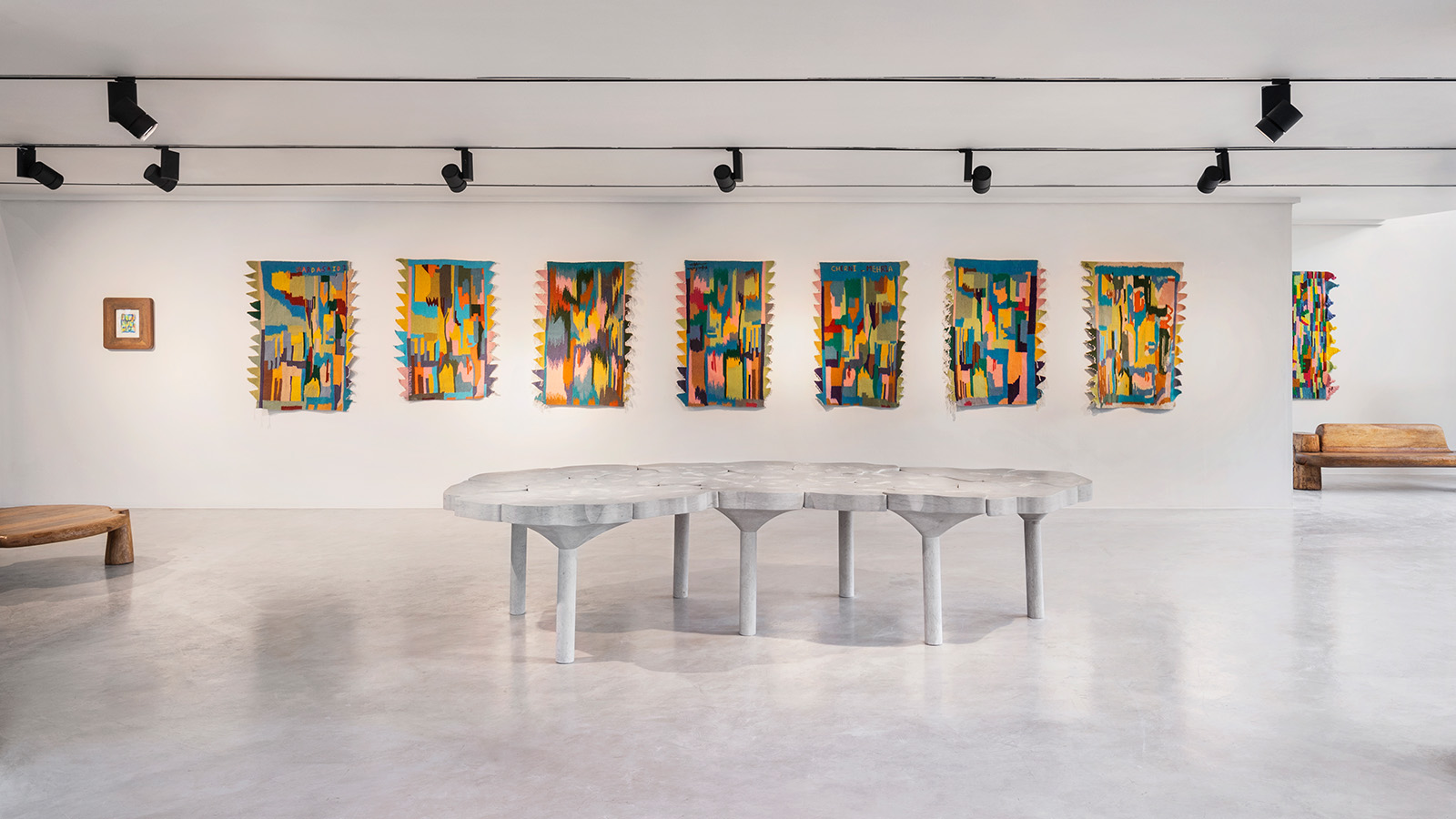
Amongst the ancient ports that ring the Mediterranean, the city of Carthage is particularly steeped in history. Now a seaside district of modern Tunis, Tunisia, it was founded in the 9th century BC by Phoenician settlers who travelled across the sea from Tyre, in what is now modern Lebanon, in search of trade. Carthage went on to be among the most prosperous of the Roman age. Even now, impeccably preserved mosaics and artefacts discovered in the ruins of Roman villas are available to view up close at the National Museum of Bardo in the North African capital.
It was this history that inspired the newly opened exhibition, 'Carthagisme,' at Lamia Bousnina Gallery in Tunis. 'Carthage was always an important point on the Mediterranean,' explains Milan-based curator Nicolas Bellavance-Lecompte, who was tapped by Lamia Bousnina Benayed to organise the show. 'It’s been subject to so many different influences and layers of civilisations. The Phoenicians, the Greeks, the Ottomans and even the Crusades. It’s created a very hybrid society.'
'Carthagisme,' at Lamia Bousnina Gallery in Tunis
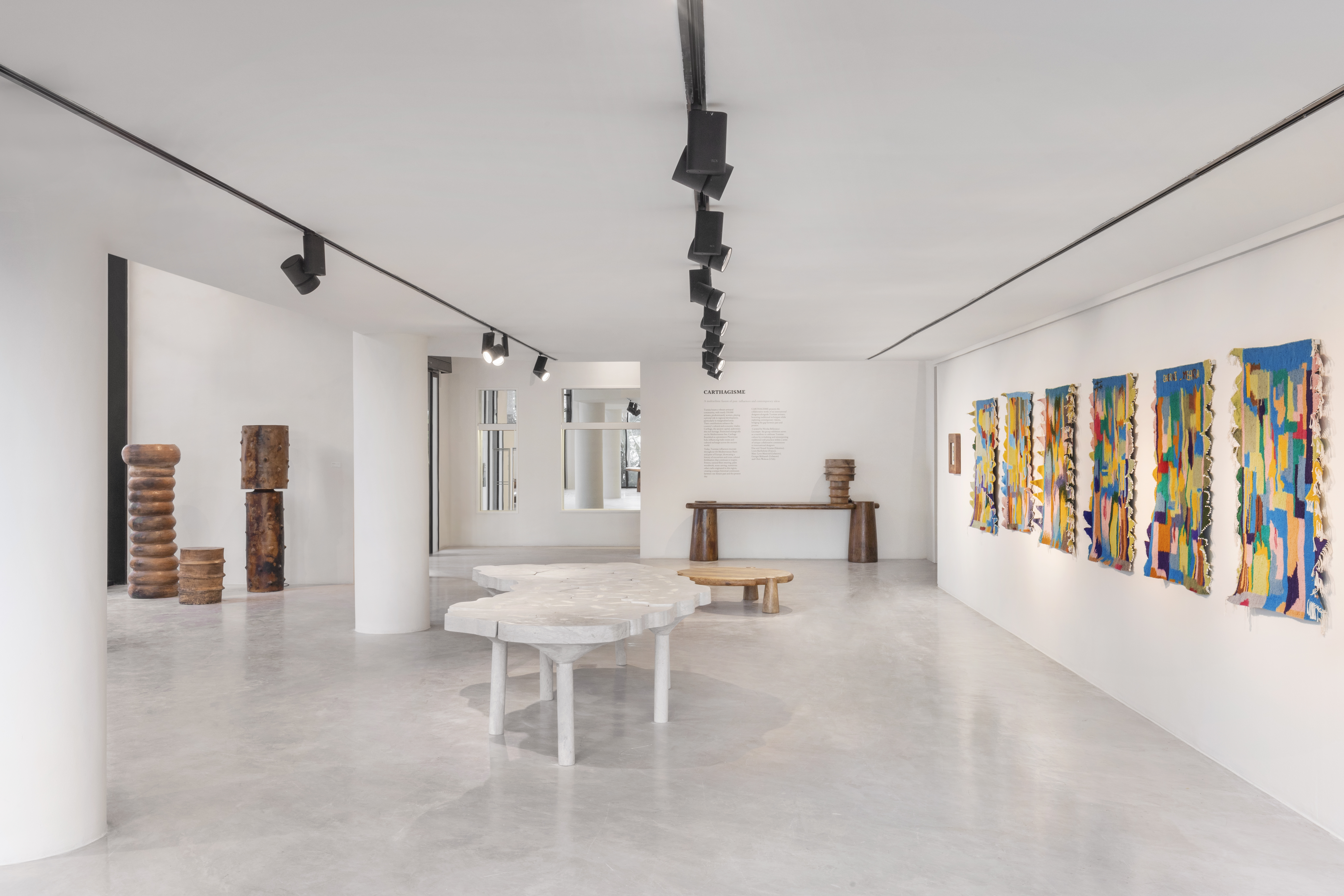
In developing the exhibition, Bellavance-Lecompte brought together six international designers to interpret Tunisian culture and craft: Palestinian brothers Elias and Yousef Anastas; the Morocco-based French designer Louis Barthélemy; designer Chris Wolston, who lives between New York and Medellin; ceramicist Mary-Lynn Massoud; and Studio Manda founder Georges Mohasseb, both from Beirut. To realise their projects, each designer was matched with a local artisan, who was responsible for the production of the object.
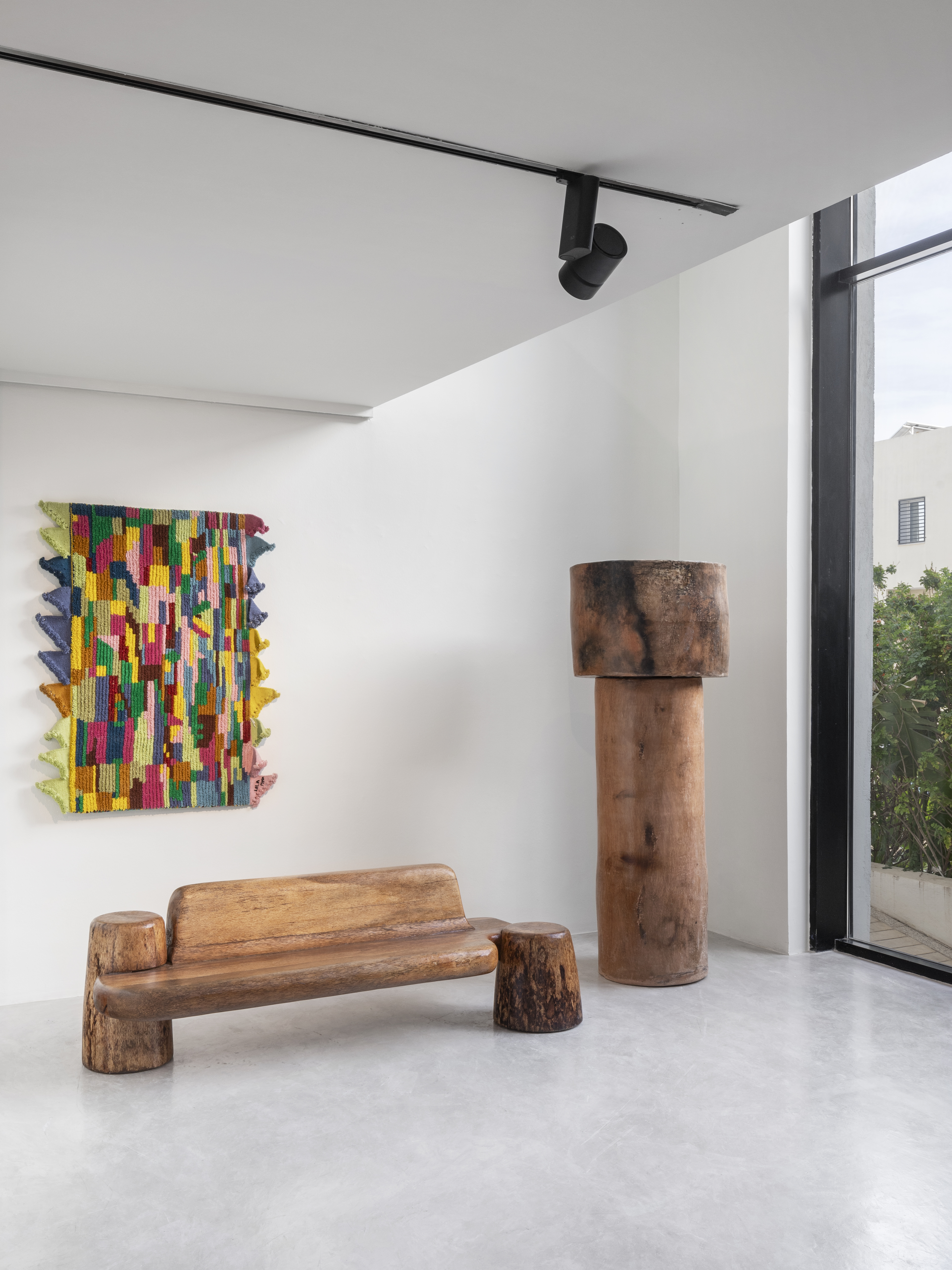
The five collections demonstrate the range and depth of contemporary Tunisian craft. Georges Mohasseb was paired with Kais Gharbya, a craftsman who specialises in working with palm wood, a notoriously difficult material to tame due to its tough and irregular fibres. 'It was a great challenge for him because he never worked with this type of assemblage before,' said Bellavance-Lecompte of the collaboration. 'It allowed him to push the limits of the wood in terms of how it’s treated, finished and assembled.'

Though Mary-Lynn Massoud was paired with ceramicists to realise her collection, the final product ended up closely resembling the texture and colour of Mohasseb’s palm, igniting a natural dialogue when set against the white cube background of the Lamia Bousnina Gallery. Massoud worked with Berber women in the Gafsa region of Tunisia, who specialise in hand-built, stone-polished ceramics. 'They work in an ancient manner,' said Bellavance-Lecompte. 'To fire the pieces, they bury them in an improvised kiln dug into the desert sand. They then use animal fats to seal the clay, which gives them their brownish tone.'

Palestinian brothers Elias and Yousef Anastas scaled down their architectural Stone Matters project, which researches the overuse of stone in Palestinian architecture, into a series of domestic objects whose shape is determined by computer modelling. Working with local firm Marbre Design & Objets, they debuted a stone table made of interlocking cells that is put together without using cement or glue. 'It’s reinventing the vault using digital methods,' adds Bellavance-Lecompte.

Both Louis Barthélemy and Chris Wolston collaborated with Tunisian textile artists. Barthélemy with a monumental allegorical tapestry depicting Tunisian culture from ancient times to today. 'It represents a sociological portrait of Tunisia,' said Bellavance-Lecompte of the wall-hanging, which illustrates a series of vignettes that range from an elephant, representing the 2nd century BC Carthaginian general Hannibal, to the tragedy unfolding in the Mediterranean as migrants attempt to reach Europe over water. Wolston instead worked alongside Le Kef artisans, who interpreted a digital drawing inspired by tapestries hanging in the former presidential palace. Each artisan translated the image in their own way, resulting in a host of variations of Wolston’s design.
Receive our daily digest of inspiration, escapism and design stories from around the world direct to your inbox.
'There are over 2500 artisans working in Tunisia today,' reflects Bellavance-Lecompte on the exhibition, which both he and Bousnina Benayed hope will open up a dialogue between Tunisia and the rest of the world. 'And each is doing incredible work preserving the country’s traditions.'
'Carthagisme,' is on display at Lamia Bousnina Gallery until 29 September 2024 amiabousninagallery.com
Laura May Todd, Wallpaper's Milan Editor, based in the city, is a Canadian-born journalist covering design, architecture and style. She regularly contributes to a range of international publications, including T: The New York Times Style Magazine, Architectural Digest, Elle Decor, Azure and Sight Unseen, and is about to publish a book on Italian interiors.
-
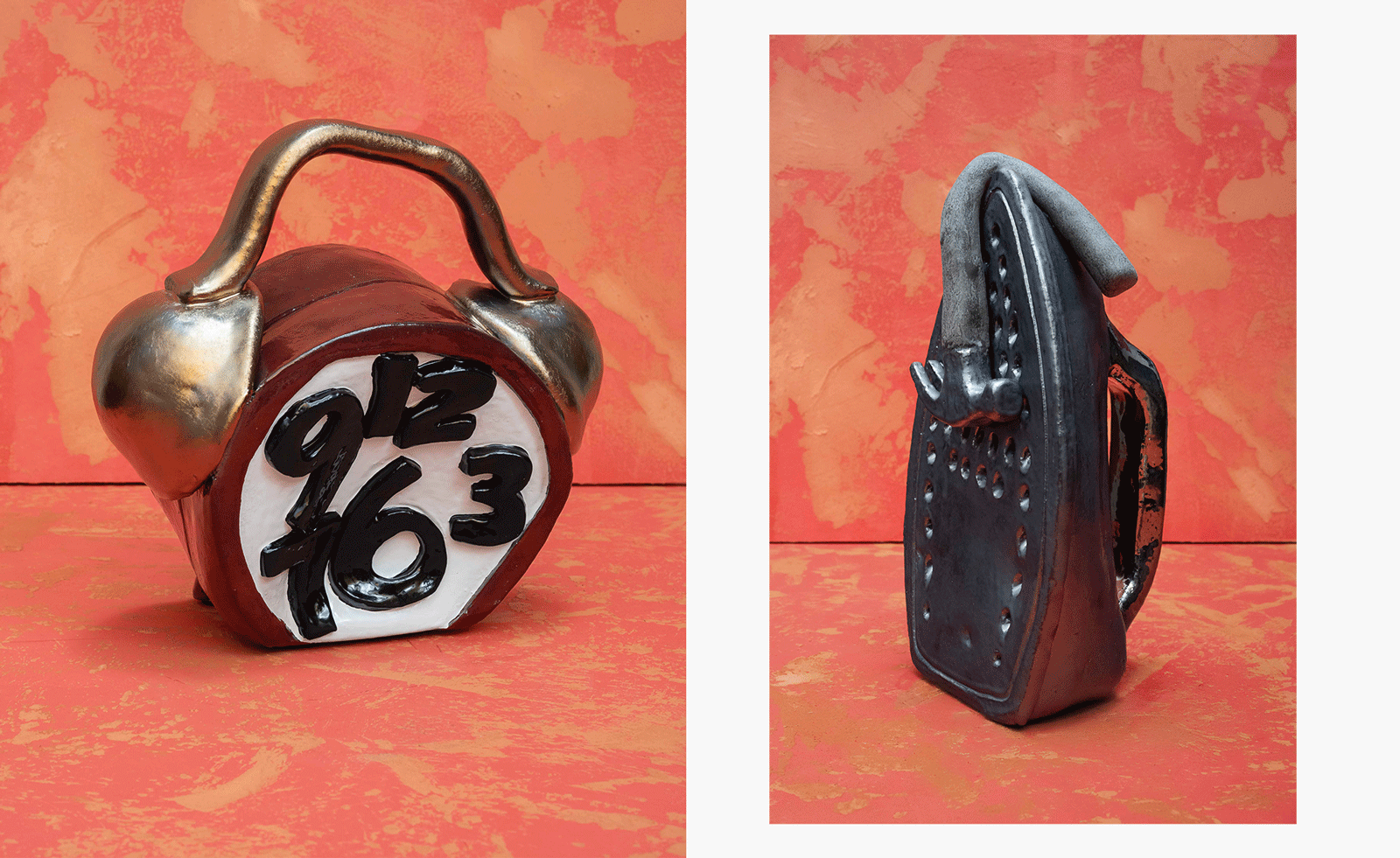 Sculptor Woody De Othello paints a Miami museum red for a show that ‘almost hugs you’
Sculptor Woody De Othello paints a Miami museum red for a show that ‘almost hugs you’The Miami-born, California-based artist opens his first museum exhibition in his hometown as an experiential journey through life and lifeless objects
-
 Alpine A390 GT: French, fast and fun. A sporting EV with a real sense of occasion
Alpine A390 GT: French, fast and fun. A sporting EV with a real sense of occasionAlpine doubles down on its fast electric credentials with the A390 GT, the French performance brand’s largest car to date
-
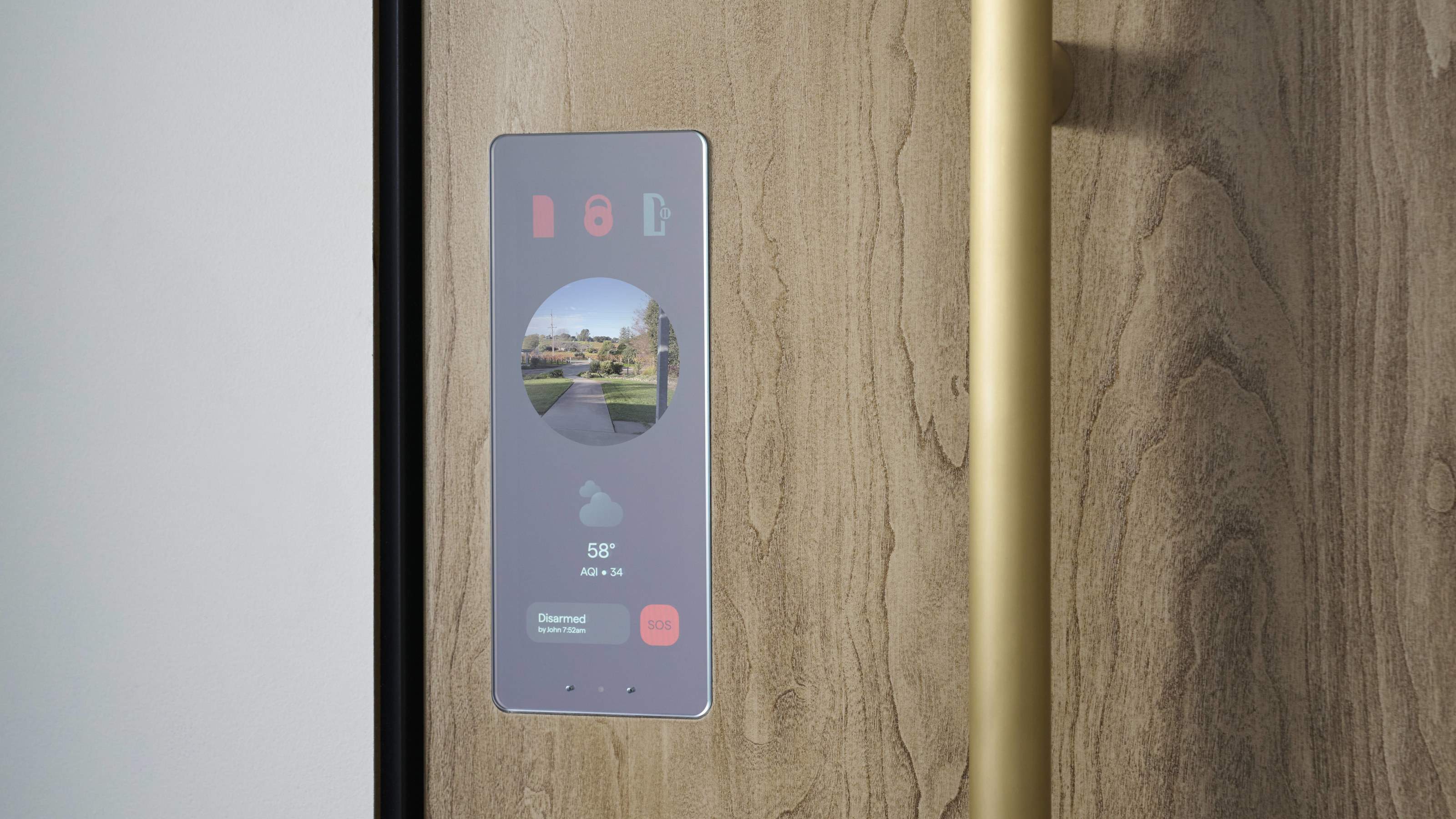 Forget smart homes, Doma's 'intelligent' doors open at the sight of a familiar face
Forget smart homes, Doma's 'intelligent' doors open at the sight of a familiar faceYves Béhar and Jason Johnson have founded Doma, a tech start-up dedicated to seamlessly integrating tech into your daily life